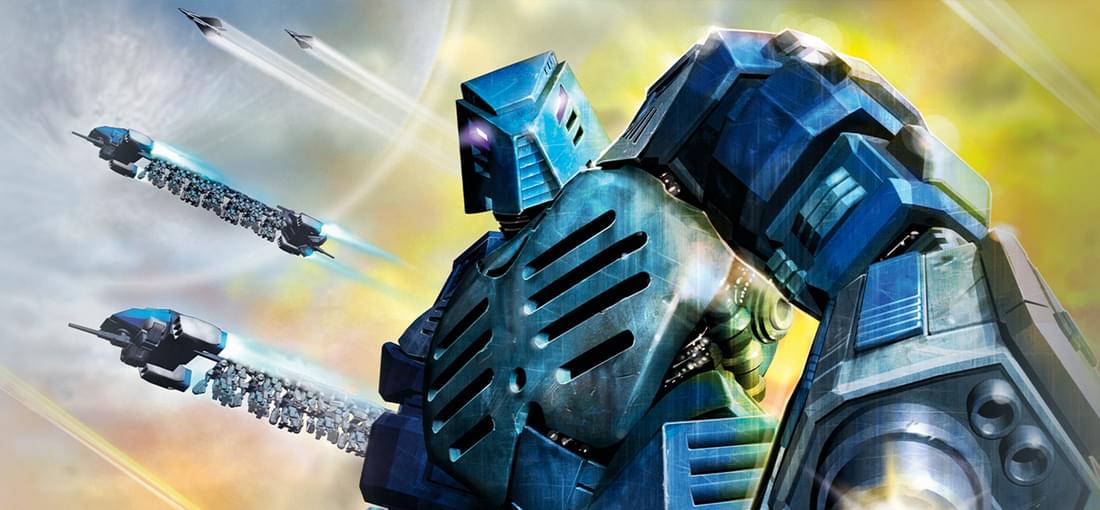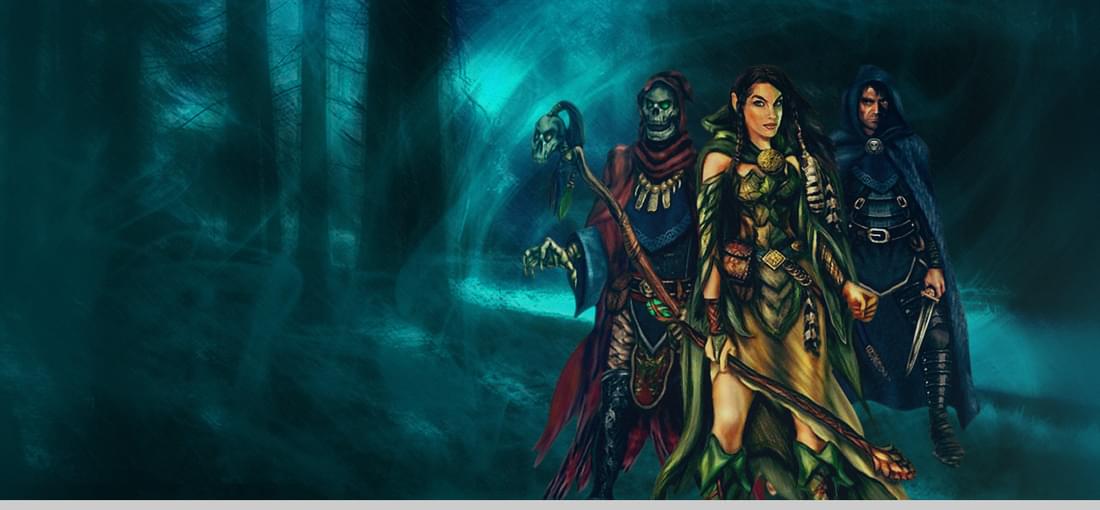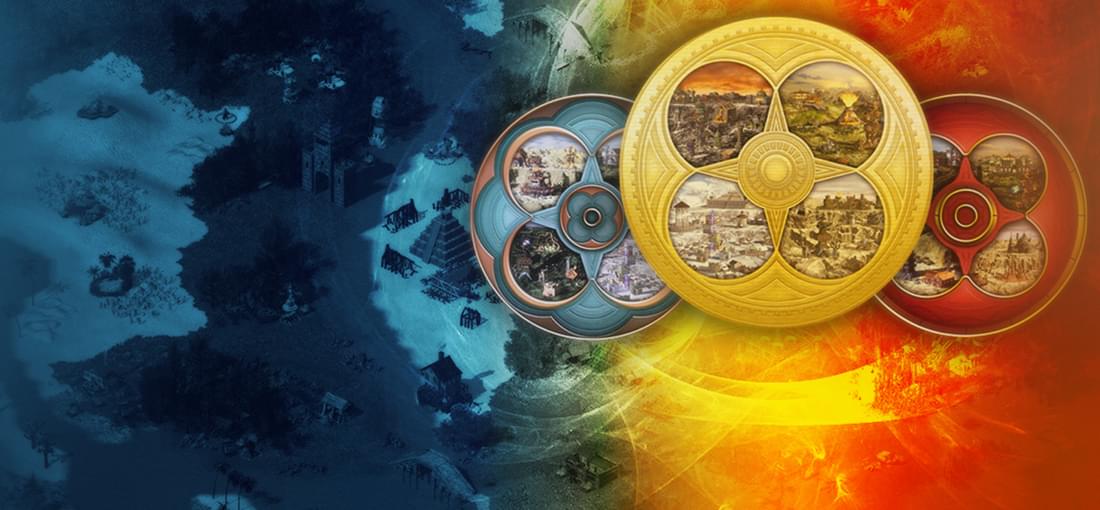


If the RTS genre is to survive, it needs to take notes from this 12 years old game. Unfortunately, the only one to do so all this time was Sins of a Solar Empire and Ashes from the Singularity, while everyone else kept copying Starcraft and Starcraft 2 (and only Starcraft 2 could get away with being Starcraft 2). Strategic zoom is a game changer for strategy and the full utilization of 3 theaters of war, land, air and water, leads to a very dynamic experience. The tactics is more based on soft counters that work because of emergent gameplay instead of arbitrary "this unit has bonus damage against that unit". Shields protect vs artillery, but crumble vs a salvo of ballistic missiles, but ballistic missiles are a heavy investment in resources and can be shot down. Gunships can snipe powerful units but are vulnerable to flak because of their close formations. This emergent behavior is seem in all units. The factions are low-key in their differences, not being extremely asymmetrical for the sake of it, but their differences are noticeable and reflect each ideology. UEF units are tough and reliable to mirror how the Federation strives for stability and superiority to keep mankind united. Aeon units are very specialized but limited to showcase the zeal of the followers of the Way. Cybran units are multi-functional and mobile as an extension of the ingenuity of the transhuman engineers that compose the faction, ex-slaves who pursue freedom at all costs. The alien dubbed Seraphin are all about overwhelming firepower, as they wish finish their opponents as quickly as possible to diminish suffering. So even though most units have mirrors in the other factions, their stats and function differ greatly because of their ideologies. Join the thousand years war, choose a side, and dont forget to download Forged Alliance Forever.

I am really impressed GoG actually bothered to go all the way to Might And Magic IX. It is abhorred by both the fans, the developers and even 3DO, the publishers (who didn't get the instant returns it expected when they pushed to launch the game ASAP). But I guess they kinda HAD to re-launch everything. The result is pretty much what a Bethesda game is without the support offered by day-1 patches and the like (see Fallout 3). A lot of people went through some herculean effort to put the game in a playing state long after there was nothing more to be gained from it and in the end it does show that New World Computing had some bold ideas for this installments. There is an entire host of radical changes to the formula that hadn't changed any since Might and Magic VI and the results could've been what the series needed for a fresh breath of air. Just a heads-up, even with all the unpaid fixes and coding witchcraft used to make the game stagger on its two feet (with a cane and a crutch) it still is terribly fiddly to get it going and it might not work on your computer at all.

The main crime that Heroes IV committed was simply not being Heroes III. Yes, those are large shoes to fit. But this is a TBS PC game. If you want every single entry in a game to be exactly like its predecessor, you should stick to Call of Duty, Fire Emblem or some other console drivel. This is a great game by its own right, but 3DO wasn't the true villain. It was the fans. 3DO was still a good contender for the role though. Budget cuts and unrealistic scheduling did their fair share to tarnish both main Might and Magic vehicles. The good news is that the name now lies with Ubisoft, arguably the least of three evils in the gaming publishing trinity (EA and Activision would probably be much, much worse). And certainly some orders of magnitude better than 3DO. But enough with the history lesson, lets go to the game itself: The main strengths of this title are the Campaigns, easily the best in any Heroes game, and the soundtracks, that keep with the amazing job we've learned to expect from Romero and Rob King. You'll be amazed how an evil storyline can do away with the known clichés as you take the shoes of Gauldoth Half-Dead, the necromancer apprentice who blundered his lich-transformation ritual and struggles to survive in this new world. And Emilia Blackraven, the orphan with a few magic tricks up her sleeve that at first just try and gather refugees from the Cataclysm and band them together, and ends up leading a full-fledged revolution against a well-meaning tyrant. Yes, new world... cataclysm. Because Colony, the world that housed Enroth, Erathia and Jadame, is gone. Gelu, the wielder of the Armageddon Blade, finally made his sword do its namesake and destroyed the world as it clashed against the Sword of Frost. The wizards opened old portals to this new world, Axeoth, one of the many secrets left behind by the Ancients (don't know what I'm talking about? Then play the Might and Magic series as well). Gameplay wise... the short-sighted schedule and budgets show a bit. They tried to reinvent the series, and they would get away with it too, if wasn't for that meddling publisher and their little fans. Heroes are part of the combat, but they are very imbalanced as they are very fragile in the early game, very strong in the mid game and again fragile in the end game. The tier system was also quite turned around its head. Now there are only 4 tiers of creature, but 8 creatures total. You only get to keep 5 of them though, since from Tier 2 onwards you have to make a choice between two creature dwellings. You do get to keep both Tier 1 creatures, so that's nice. Kinda. Well, they could have gone on to make things differently here, especially because the tiers didn't make diminish the gap between low and high Tiers since the gap between individual tiers was increased as well in the process. One nice change is that the game pace isn't bound to the week anymore. You get creatures on a daily basis... although some creatures like the powerhouse that is the Black Dragon only spawn once a week. Still, you don't need the "Hero highway" anymore, since the creatures are more than capable of walking in the map without a babysitter, so you can buy them from the castle and send them to your hero without hustle. It was also here that they created the Caravans. So helpful. Previous Heroes game would require you to have an ungodly amount of Heroes in the map whose only purpose was to haul stuff from castle to castle to closer to your main heroes so you don't waste their precious movement points. Now this not only isn't necessary as it is inviable, since creatures have their own move points. Those games were filled with good ideas that both made the game more organic and better paced, but it was bogged down by a fanbase unwilling to experiment something new and a publisher unwilling to let the developers iron out their new ideas. Recommended, sure. Even at its its worst state, Heroes is leagues and bounds above most games. Still a great experience, added with a great story and a wonderful soundtrack, for the price GOG is charging, it is more than worth it.
I remember thinking of Lords of the Realm the moment I first saw this game in a box. A good analogy, but the gameplay is unique. The game has 8 factions representing the 8 religions of the setting: Order (mages), Chaos (barbarians), Life (elves), Death (undead), Fire (fire giants), Water (merfolk), Air (sprites) and Earth (dwarves). Although there's some overlap, the factions are asymetrically balanced, with Life having extremely good archers who can shoot across the whole battlefield but extremely poor fighters whose utility lies on blocking the enemies from the archers while Chaos' pathetic stick throwers are instead designed to safely hit-stun enemies while their fragile but high damaging berserkers mow them down. Death is somewhat better than everyone, but mostly because they boast an incredible hero key to the story, still you need to defeat the game once before going with them. Ranged combat is iffy, as ranged units have problem calculating the shoots and the AI is very good at dodging, but that somehow balances the game as otherwise ranged units could be too good. Thieves are also of dubious use, especially because of the weird way they do an sneak attack, but once mastered they can be used as effectively as the mage and warrior heroes as expertly assassins. Units are difficult to heal. The fastest way is to pay crystals (one of the resources) at cities, but it gets expensive and limits your ability to hire and mantain magical unities, otherwise you have to rely on spells and resting, which are slow but cheap. One important point about spells is that a mage researching does the equivalent of one day of research a turn by experience level it has, and as you upgrade the mystical building you can put more mages researching, so it is a trade-off between using the mage in combat or using him to make better spells available, but only the mage of the faction can do the research. Spells are key in combat, and some can be used to win combats single-handed if well aimed. Finally, the first thing you must do in a game is to recover your great temple, as you need it to be able to gain followers, which are used to hire cheaper to maintain units (which can be bought as mercenaries, cheap to hire but expensive to maintain, or followers, which are the opposite) and to acquire resources at your city. You can't do it right at the beginning without a lot of skill, so first loot some nearby ruins to hire a good number of mercenaries, and when you have enough to hire a few, storm right to the temple. Disband the exceeding mercs afterwards. All in all, a very satisfying game with a lot of replayability, as each faction plays very differently. The beginning can be frustrating because of difficult combats with unexperienced weak units, but once you get your followers well trained and the stronger units the game goes smoothly. A sure buy at good price, especially because it is the special edition, which has several extra features that make it even more worthwhile.